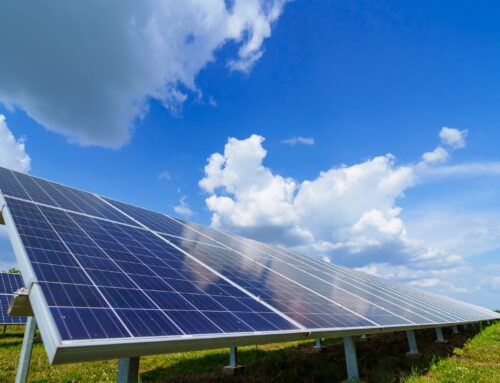China’s Massive Renewable Investments Reshape Global Energy Markets
October 4, 2025
In the wake of recent global climate summits, China’s aggressive push into renewable energy has positioned it as a dominant force in the worldwide shift away from fossil fuels. President Xi Jinping’s announcements at the United Nations Climate Summit underscore a strategy that combines massive investments with technological innovation, reshaping markets far beyond its borders. According to a recent report in Wired, China is outspending every other nation on renewables, pouring billions into solar, wind, and battery technologies that are driving down costs globally.
This investment spree isn’t just about domestic goals; it’s transforming supply chains and influencing international energy dynamics. Xi pledged to reduce greenhouse gas emissions by 7-10% from their peak by 2035, expand renewables sixfold, and make electric vehicles mainstream, as detailed in coverage from The New York Times. Yet, industry analysts question whether these targets are ambitious enough given China’s status as the world’s largest emitter.
Ambitious Pledges Amid Global Skepticism
While the commitments signal a departure from coal dependency, they come against a backdrop of geopolitical tensions. China’s clean energy dominance has sparked concerns in the West about overreliance on its manufacturing prowess, particularly in solar panels and rare earth minerals. A Reuters analysis highlights how Xi’s plan defies U.S. climate denial rhetoric, with China leading nations in submitting new climate plans ahead of COP deadlines.
Insiders note that Beijing’s approach integrates state-directed funding with private sector innovation, resulting in breakthroughs like ultra-efficient photovoltaic cells. However, challenges persist, including grid integration for intermittent renewables and the environmental costs of mining for battery materials.
Reshaping Global Markets Through Scale
The sheer scale of China’s initiatives is staggering: it accounts for over half of global solar installations and is rapidly expanding wind capacity offshore. As reported in Politico, Xi described clean energy as the “trend of our time,” contrasting sharply with skepticism from figures like former U.S. President Donald Trump, who labeled such efforts a scam.
This momentum has economic ripple effects, lowering renewable costs worldwide and pressuring competitors to accelerate their transitions. For instance, European manufacturers are struggling to match China’s pricing, leading to calls for tariffs and domestic incentives.
Economic and Geopolitical Implications
Beyond economics, China’s strategy bolsters its soft power, aiding developing nations through initiatives like the Belt and Road with green infrastructure. A piece in The Guardian emphasizes how China’s response to the climate crisis is shaping geopolitics, especially as the U.S. appears divided on environmental policies.
Critics, however, point to gaps in transparency and the continued approval of coal plants, which could undermine long-term goals. According to Nature, China’s emissions trajectory will largely determine global outcomes, with researchers urging deeper cuts.
Future Trajectories and Industry Outlook
Looking ahead, industry experts predict China’s clean energy sector will drive innovations in energy storage and smart grids, potentially exporting these technologies en masse. The Center for American Progress assesses that while recent targets are modest, they align with Beijing’s carbon neutrality pledge by 2060, though international cooperation is key to amplifying impact.
For insiders, the real opportunity lies in partnerships that leverage China’s scale without ceding control. As global demand for sustainable energy surges, China’s model offers lessons—and warnings—on balancing ambition with execution in the fight against climate change.
Search
RECENT PRESS RELEASES
Related Post



